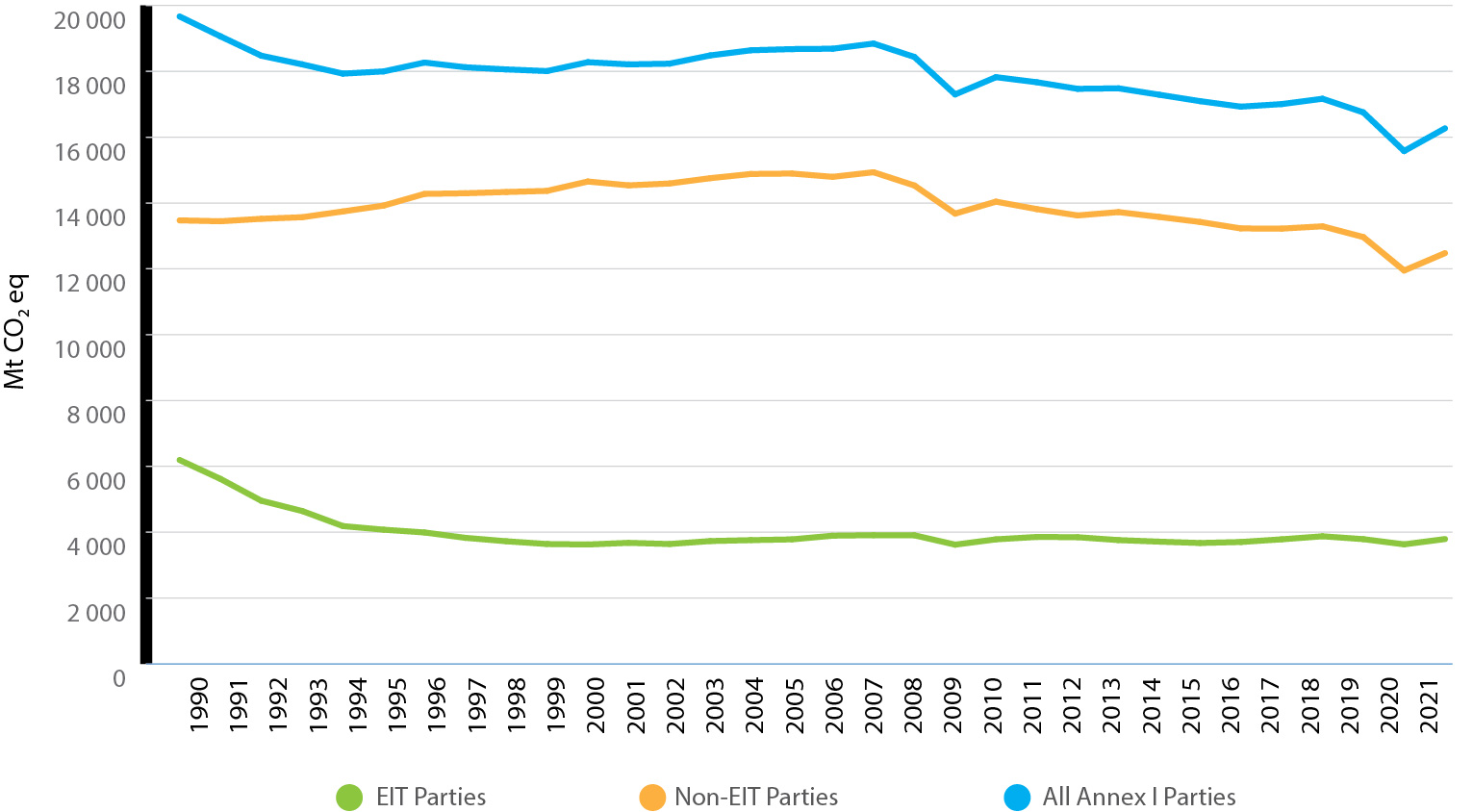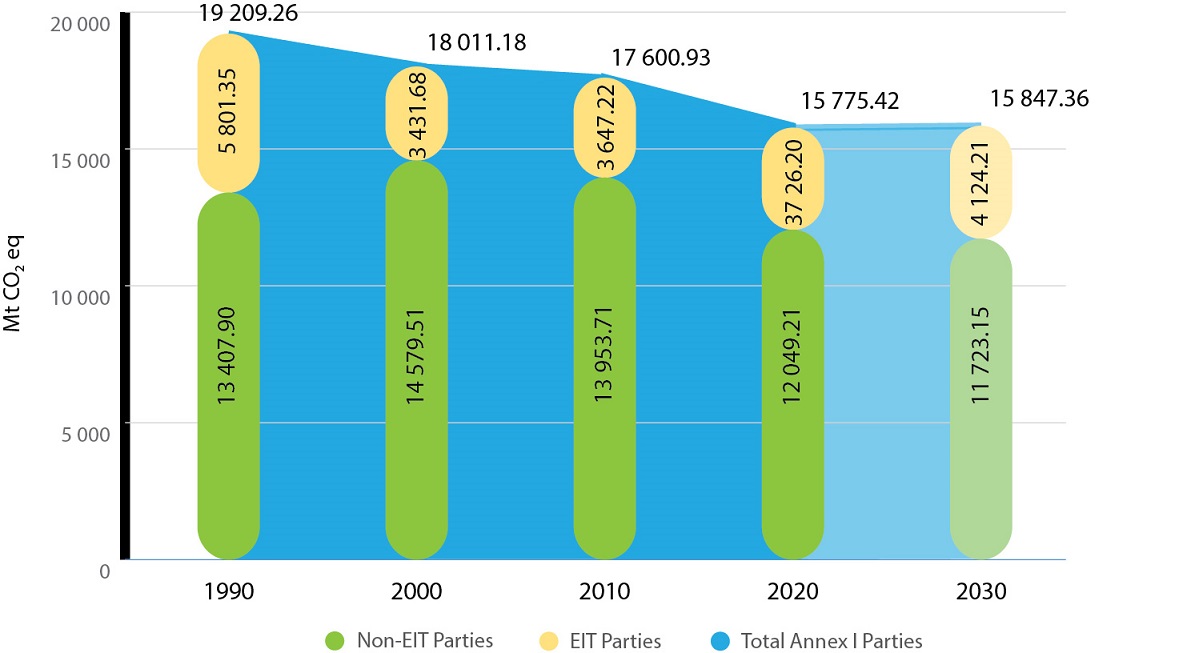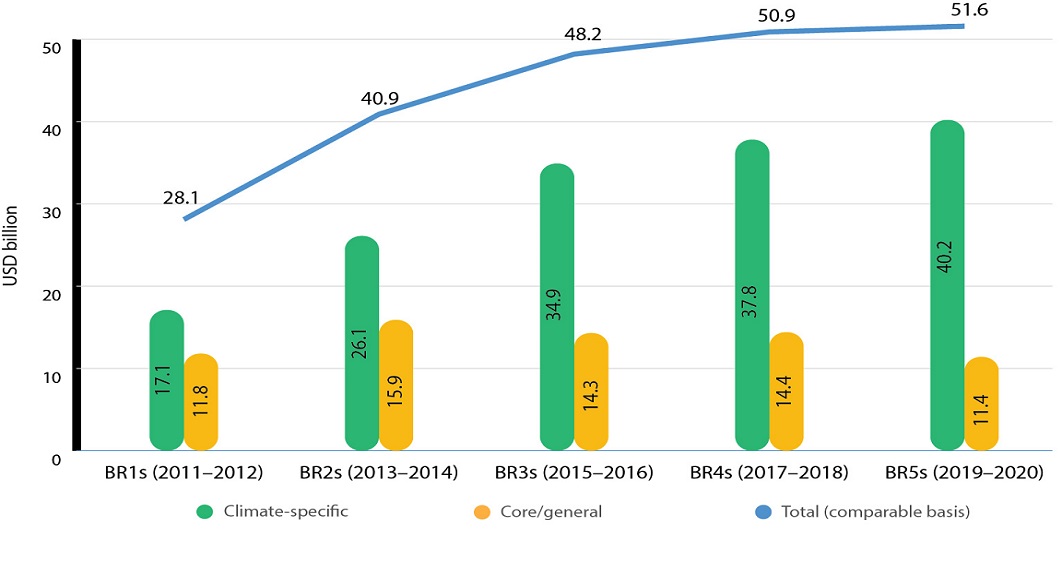Please use this shareable version responsibly. Consider sharing in a digital format before printing onto paper.
- Process and meetings
- Transparency and Reporting
- Reporting and review
- Reporting and review under the Convention
- National Communications and Biennial Reports - Annex I Parties
- Compilation and Synthesis Reports
About transparency
Reporting and review
Overview
Reporting and review under the Paris Agreement
Reporting and review under the Convention
National Communications and Biennial Update Reports - non-Annex I Parties
National Communications and Biennial Reports - Annex I Parties
National Communication submissions
Eighth National Communications - Annex I
Seventh National Communications - Annex I
Sixth National Communications - Annex I
Fifth National Communications - Annex I
Fourth National Communications and Reports Demonstrating Progress under the Kyoto Protocol - Annex I
First, Second, Third National Communications - Annex I
Biennial Report Submissions
International Assessment and Review
Reviews
Preparation of NCs and BRs
Review Reports of National Communications and Biennial Reports
Reports on in-depth reviews of national communications of Annex I Parties
Reports of technical reviews of first biennial reports of developed country Parties
Reports of technical reviews of second biennial reports of developed country Parties
Review Reports of National Communications and Biennial Reports
Multilateral Assessment
Multilateral Assessment at SBI 41
Multilateral Assessment at SBI 42
Multilateral Assessment at SBI 43
Multilateral Assessment at SBI 45
Multilateral Assessment at SBI 46
Multilateral Assessment at SBI 47
Multilateral Assessment at SBI 49
Multilateral Assessment at SBI 50
Multilateral Assessment at SBI 51
Multilateral Assessment at SBI 52-55
Multilateral Assessment at Climate Dialogues 2020
Multilateral Assessment during May-June 2021Climate Change Conference
Austria MA
Belgium MA
Bulgaria MA
Cyprus MA
European Union MA
Finland MA
Greece MA
Kazakhstan MA
Luxembourg MA
Netherlands' MA
New Zealand MA
Portugal MA
Sweden MA
Switzerland MA
Australia MA
Belarus MA
Canada MA
Croatia MA
Czechia MA
Denmark MA
Estonia MA
France MA
Germany MA
Hungary MA
Iceland MA
Ireland MA
Italy MA
Japan MA
Latvia MA
Liechtenstein MA
Lithuania MA
Malta MA
Monaco MA
Norway MA
Poland MA
Romania MA
Russian Federation MA
Slovakia MA
Slovenia MA
Spain MA
Ukraine MA
United Kingdom MA
United States of America MA
First multilateral assessment (MA) working group session of the fifth cycle of the international assessment and review (IAR)
Second multilateral assessment (MA) working group session of the fifth cycle of the international assessment and review (IAR)
Third multilateral assessment (MA) working group session of the fifth cycle of the international assessment and review (IAR)
Compilation and Synthesis Reports
https://unfccc.int/MA#How-does-MA-work
Greenhouse Gas Inventories - Annex I Parties
Reporting and review under the Kyoto Protocol
Transparency data and tools
Methods for climate change transparency
Lead Reviewers Hub
Training programmes for expert reviewers
Support for developing countries
Together4Transparency
Transparency calendar













